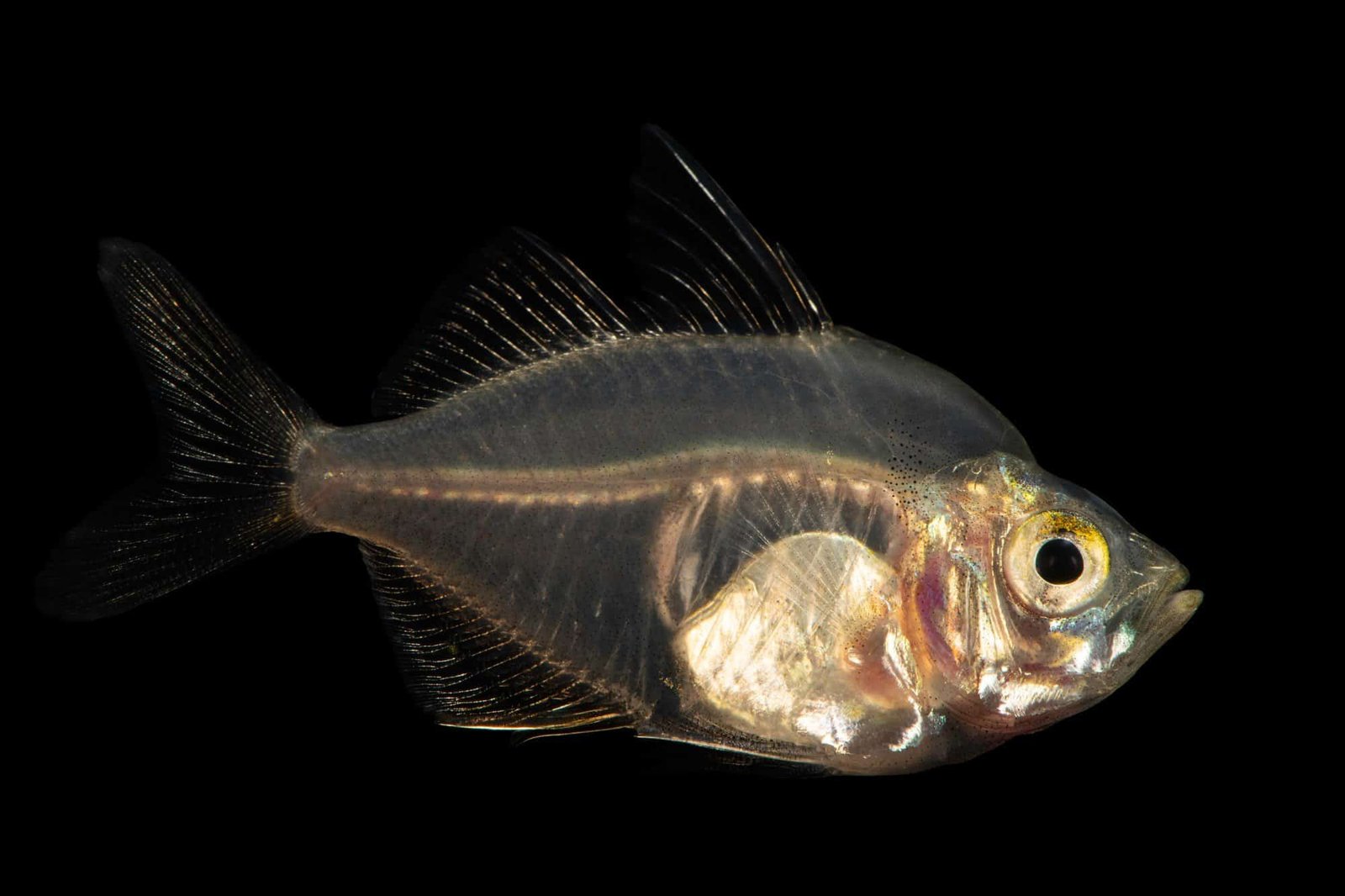To provide the best experiences, we use technologies like cookies to store and/or access device information. Consenting to these technologies will allow us to process data such as browsing behaviour or unique IDs on this site. Not consenting or withdrawing consent, may adversely affect certain features and functions.
The technical storage or access is strictly necessary for the legitimate purpose of enabling the use of a specific service explicitly requested by the subscriber or user, or for the sole purpose of carrying out the transmission of a communication over an electronic communications network.
The technical storage or access is necessary for the legitimate purpose of storing preferences that are not requested by the subscriber or user.
The technical storage or access that is used exclusively for statistical purposes.
The technical storage or access that is used exclusively for anonymous statistical purposes. Without a subpoena, voluntary compliance on the part of your Internet Service Provider, or additional records from a third party, information stored or retrieved for this purpose alone cannot usually be used to identify you.
The technical storage or access is required to create user profiles to send advertising, or to track the user on a website or across several websites for similar marketing purposes.
Red Devil Vampire Crab - Geosesarma Hagen - Decapod Crustacean 1 × £8.71

 Red Devil Vampire Crab - Geosesarma Hagen - Decapod Crustacean
Red Devil Vampire Crab - Geosesarma Hagen - Decapod Crustacean 














Emily Carter (verified owner) –
I recently added Parambassis ranga, the Indian Glassy Fish, to my community tank, and I couldn’t be happier! These little tropical fish are not just stunning to look at with their shimmering bodies, but they also have such a peaceful temperament, making them perfect for a mixed community setup. I introduced them about three weeks ago, and they’ve settled in beautifully, swimming gracefully among the plants and with my other fish.
What I love most about them is their active nature and how they school together; it truly brings my tank to life! Compared to some other similar species I’ve kept, the Glassy Fish are much more sociable and less aggressive, which is a big plus for me. One small note: they do appreciate a little cover, so I recommend plenty of plants or decorations where they can feel safe.
Overall, if you’re looking for vibrant aquarium fish that thrive in a community setting, I highly recommend the Parambassis ranga from Aquatropics. They are a joy to watch, and I can’t wait to see how they grow in my planted tank. I would absolutely buy them again!
Emily Carter (verified owner) –
I’ve been an aquarium hobbyist for over 5 years, and I recently added Parambassis ranga, the Indian Glassy Fish, to my planted community tank. These little beauties have truly captured my heart! Their delicate, transparent bodies swim gracefully through the lush greenery, creating a mesmerizing scene. I purchased them about a month ago, and I can already see their playful personality shining through. They are peaceful and social, so they’ve integrated perfectly with my other tropical fish. I appreciate how they thrive in well-planted environments, which makes them ideal for any aquarist who prioritizes fish welfare.
Compared to other species I’ve kept, these glassy fish have a unique charm and are surprisingly hardy. I was initially concerned about their size (only about 2 inches), but they’ve adapted beautifully, often schooling together, which is delightful to watch. A minor downside is that they can be a bit shy during feeding; I recommend scattering food to ensure they get enough. If you’re looking for a captivating and gentle companion fish, I wholeheartedly recommend the Indian Glassy Fish! They’ve truly uplifted my aquarium experience and made my tank feel even more alive.